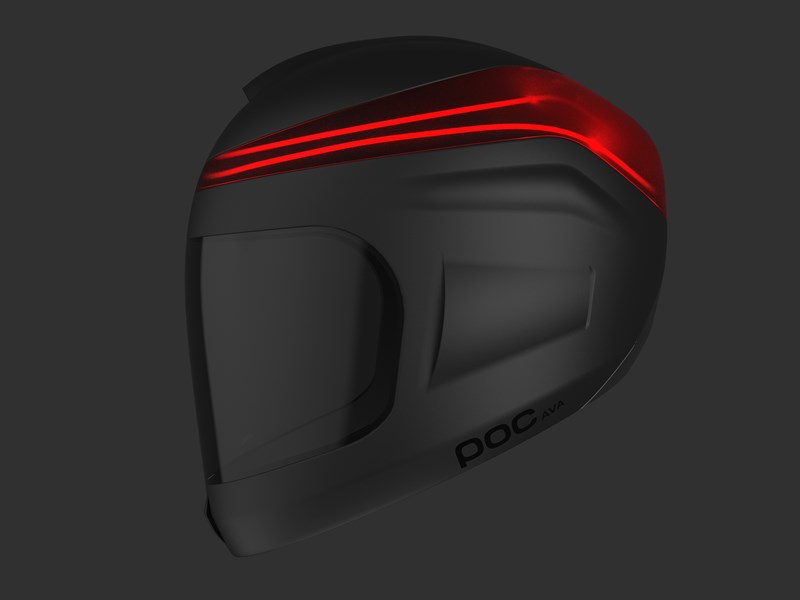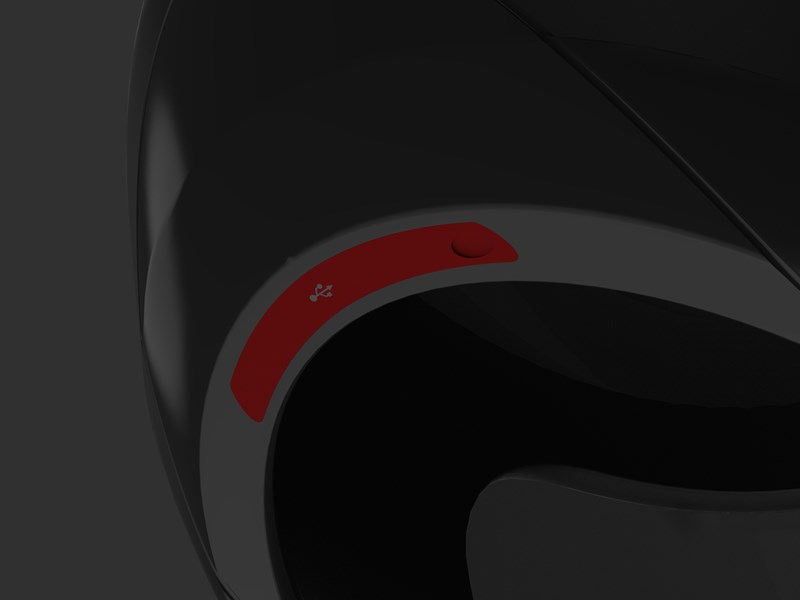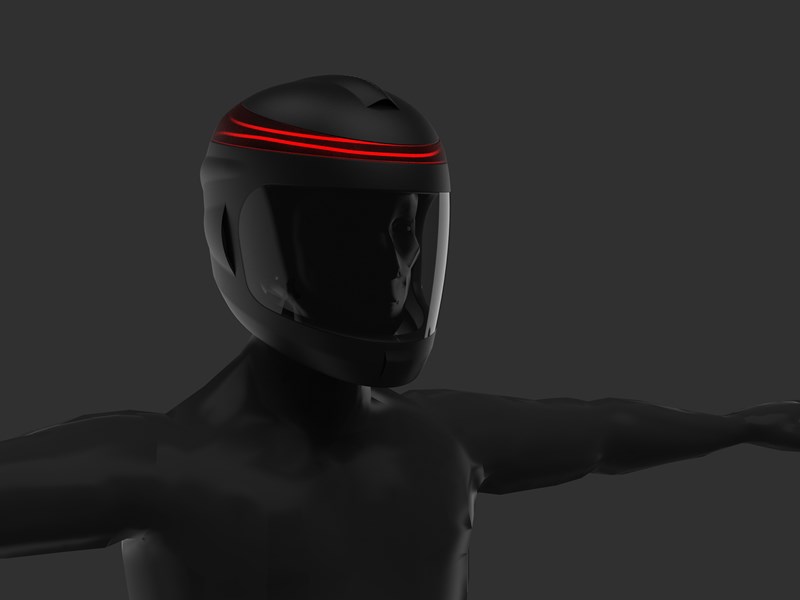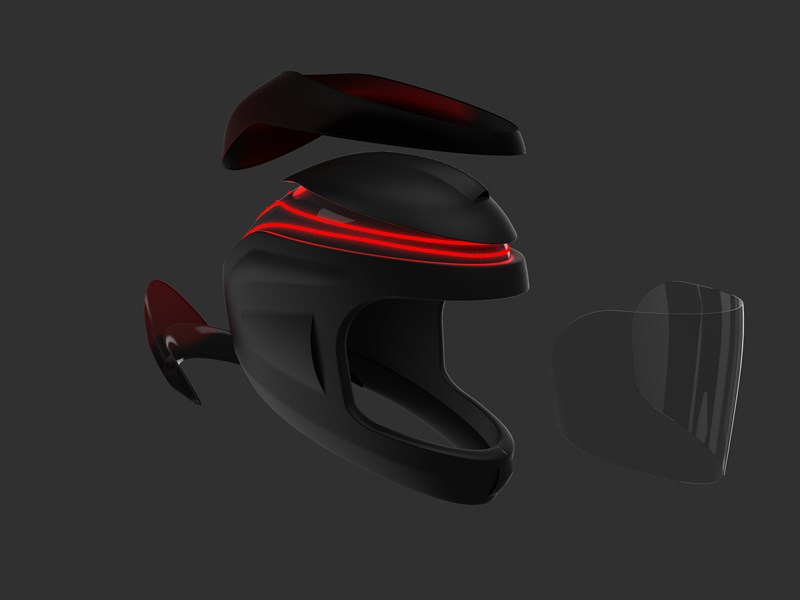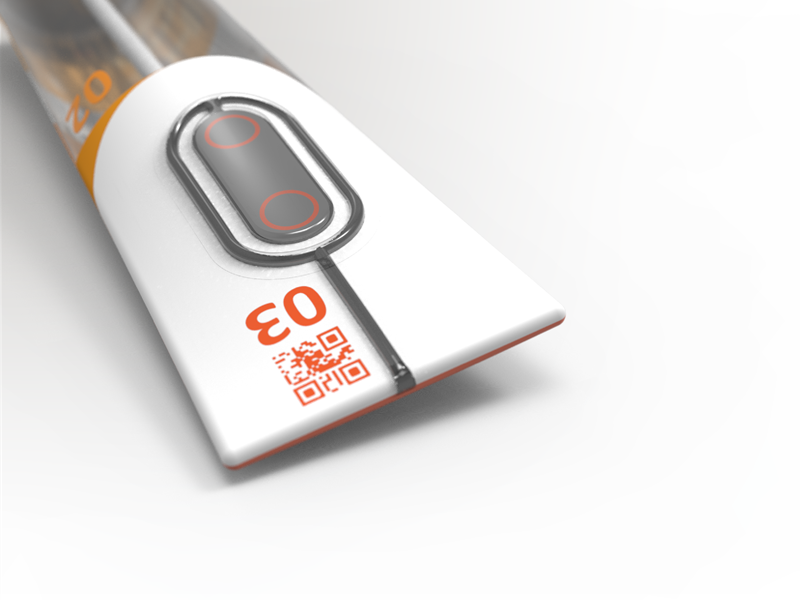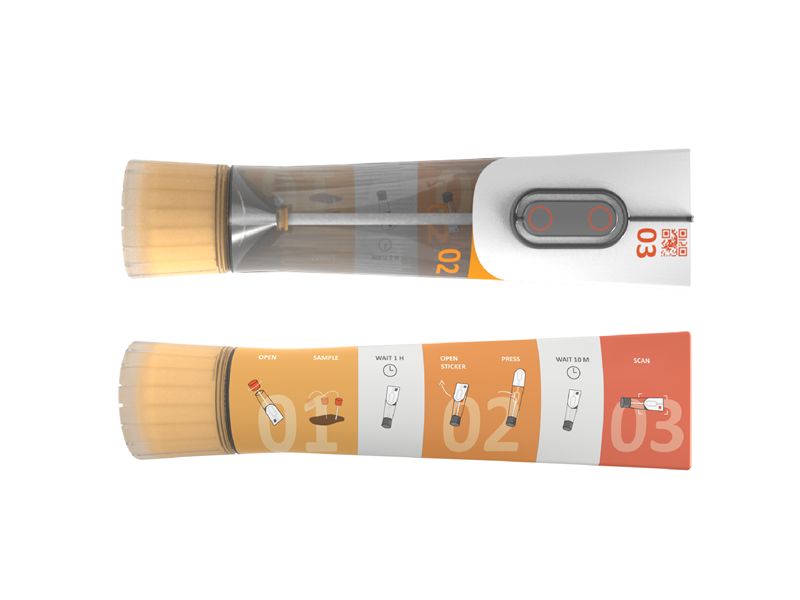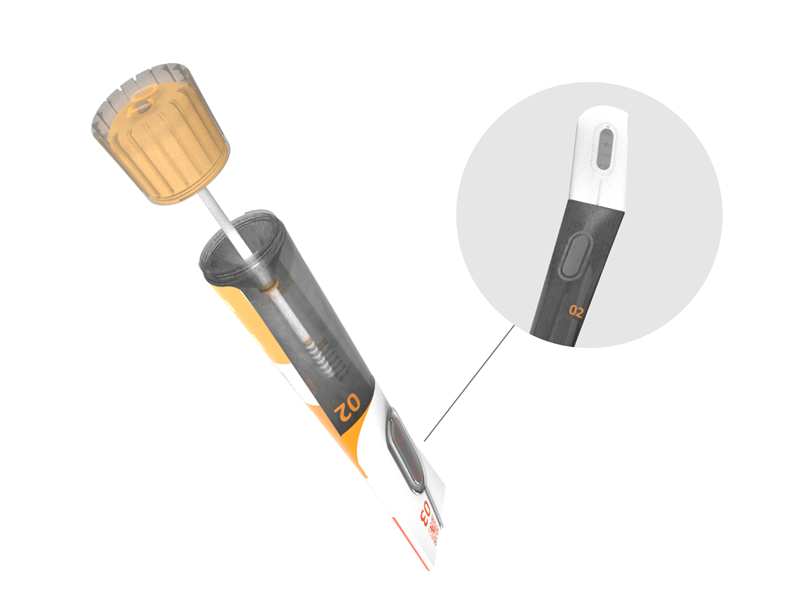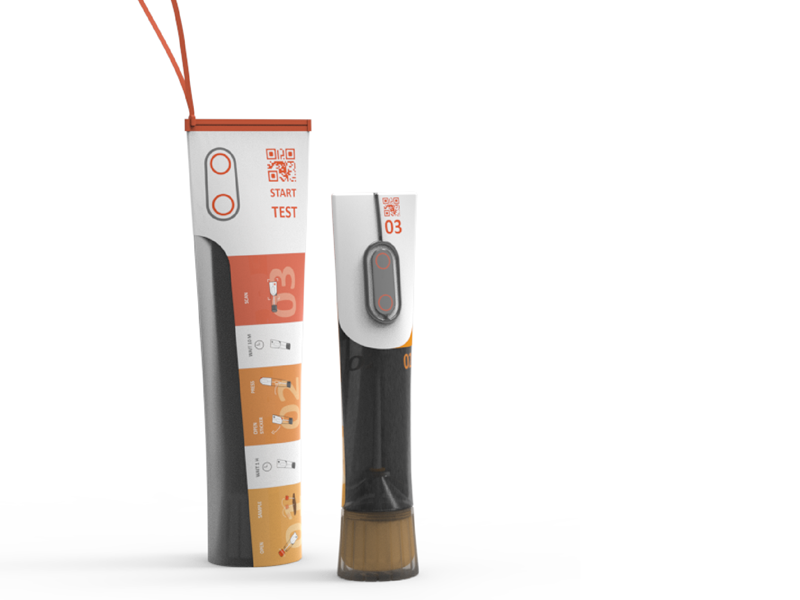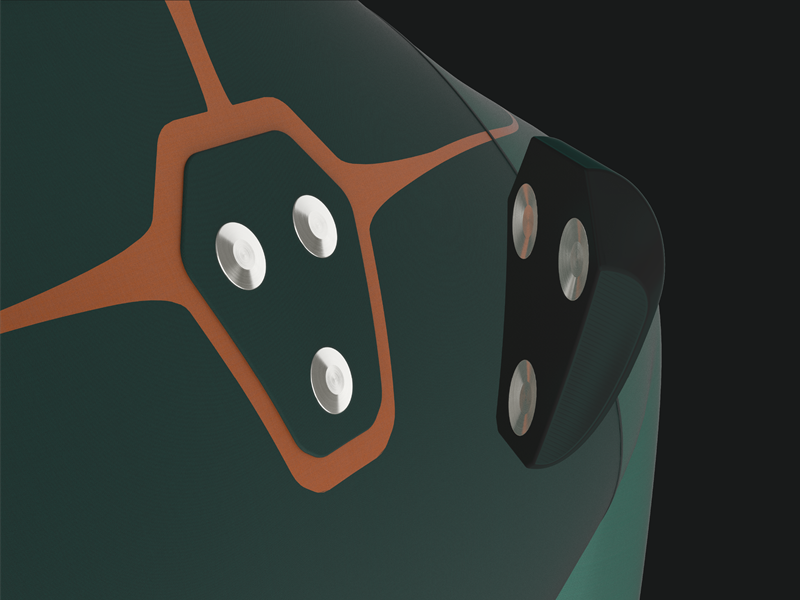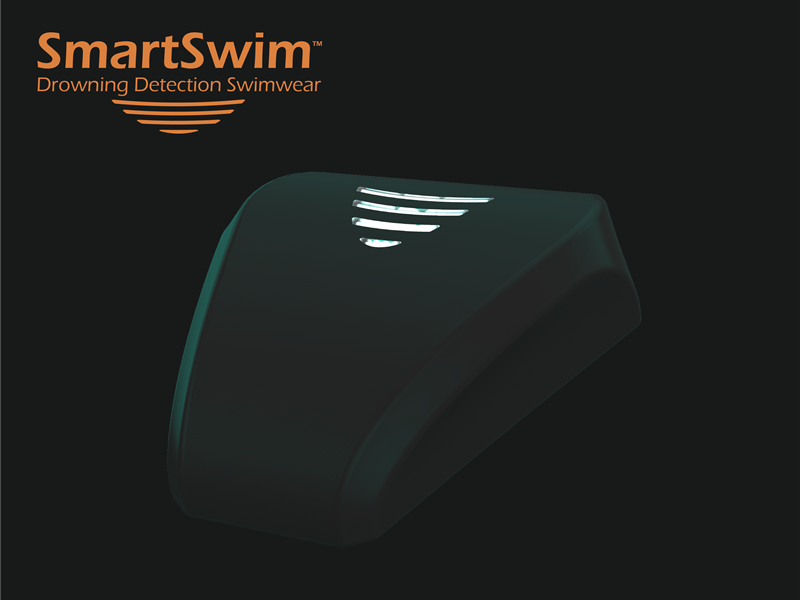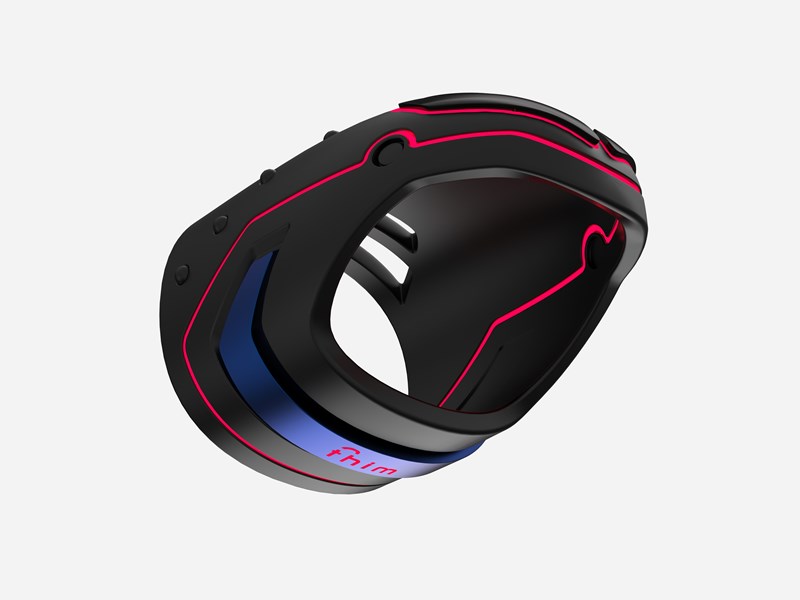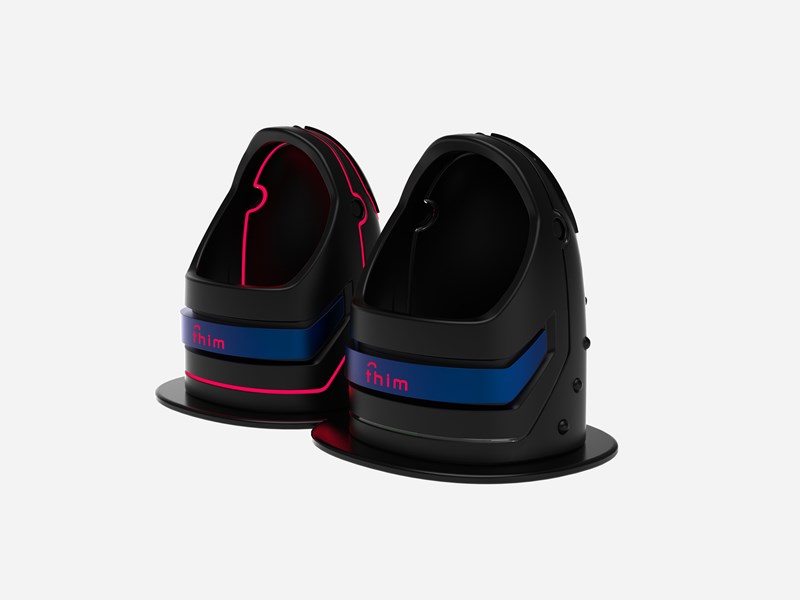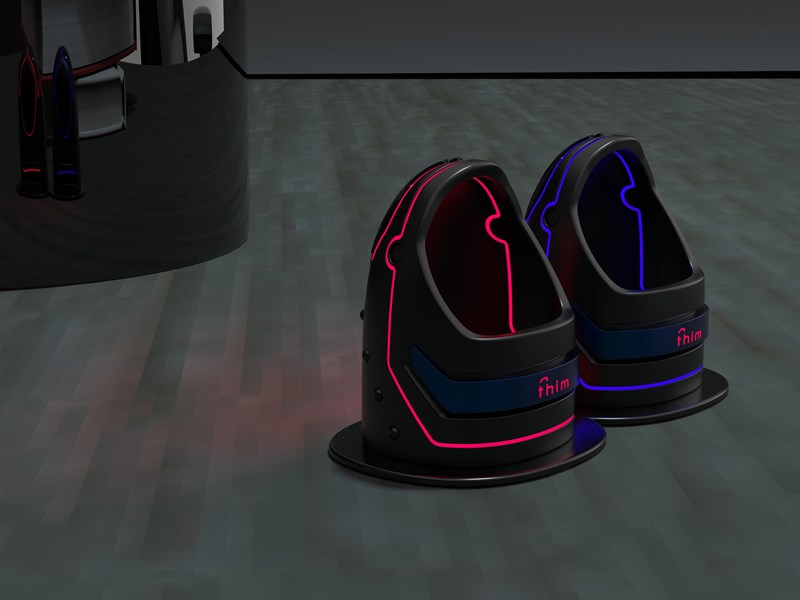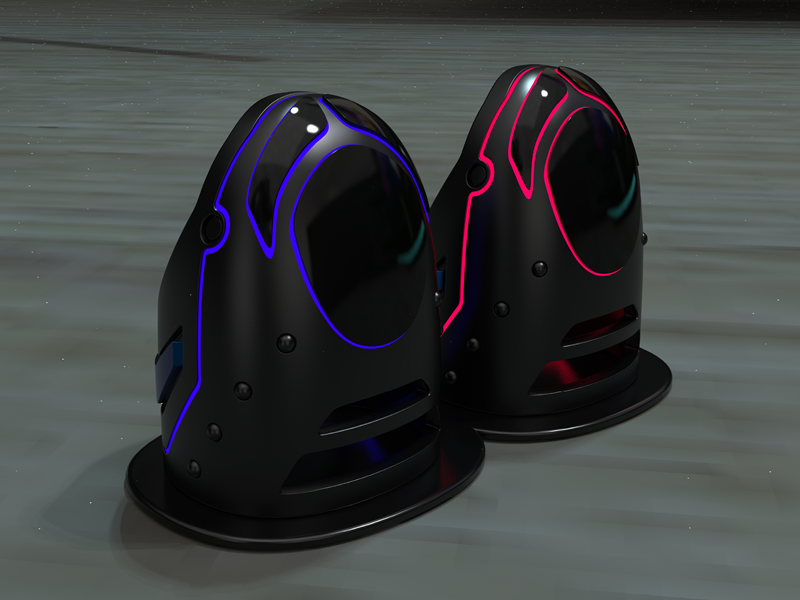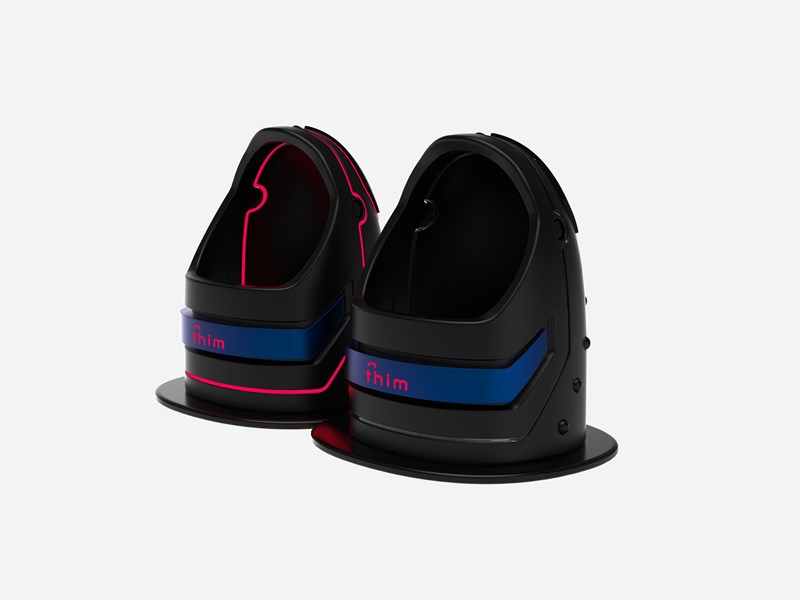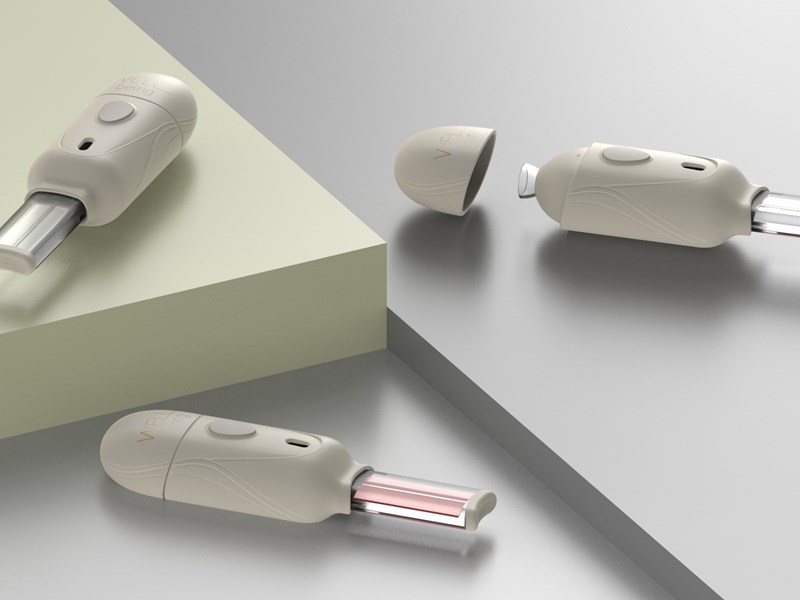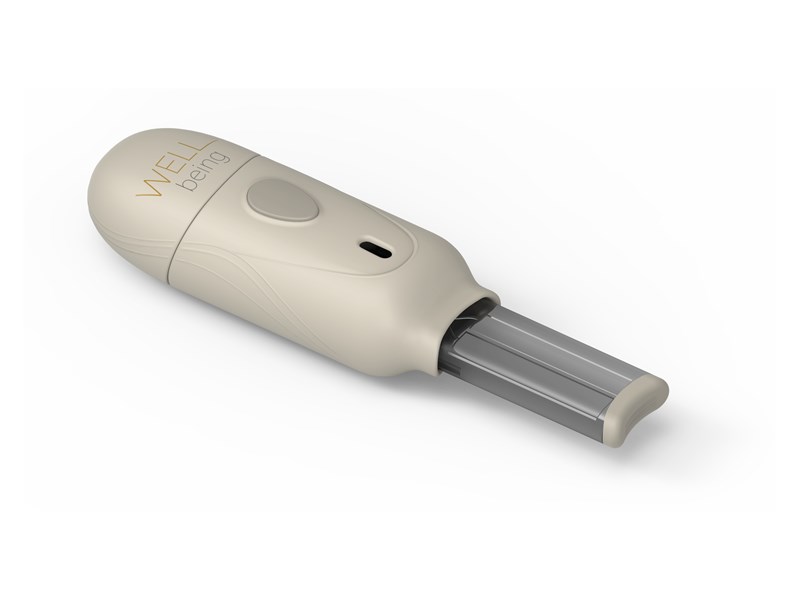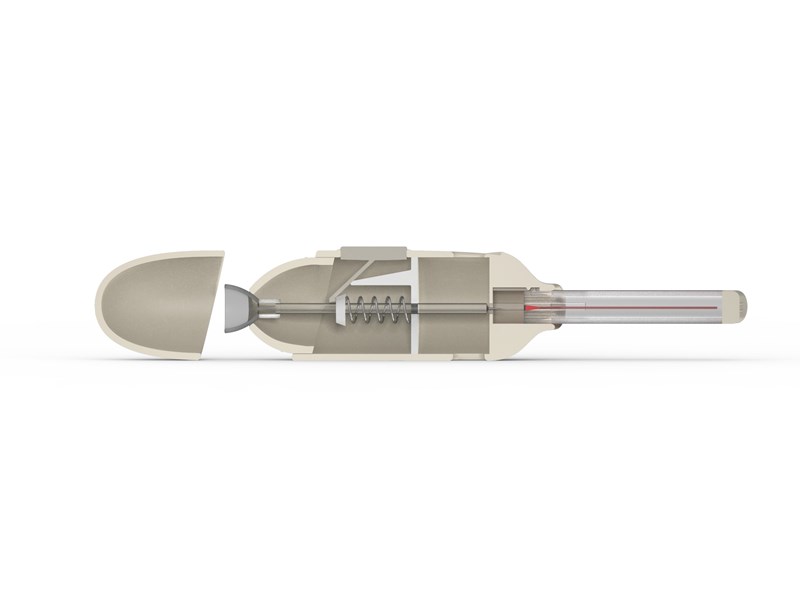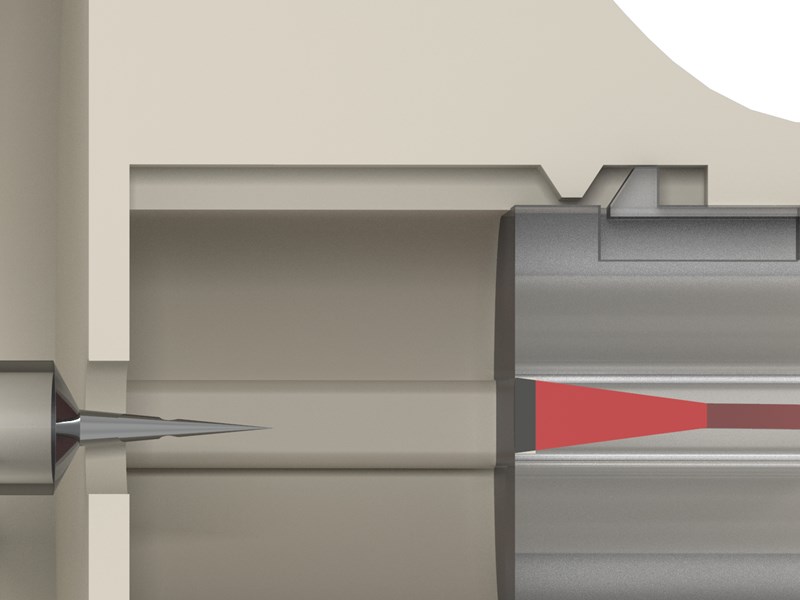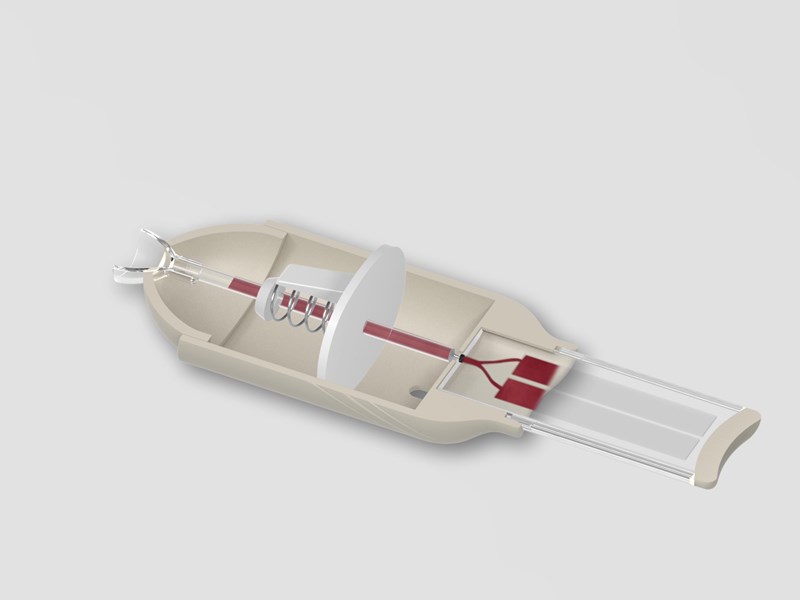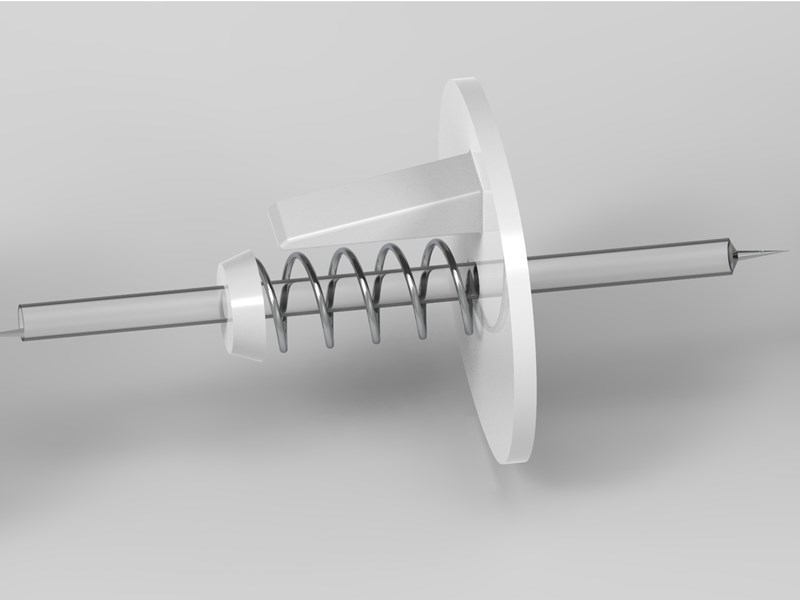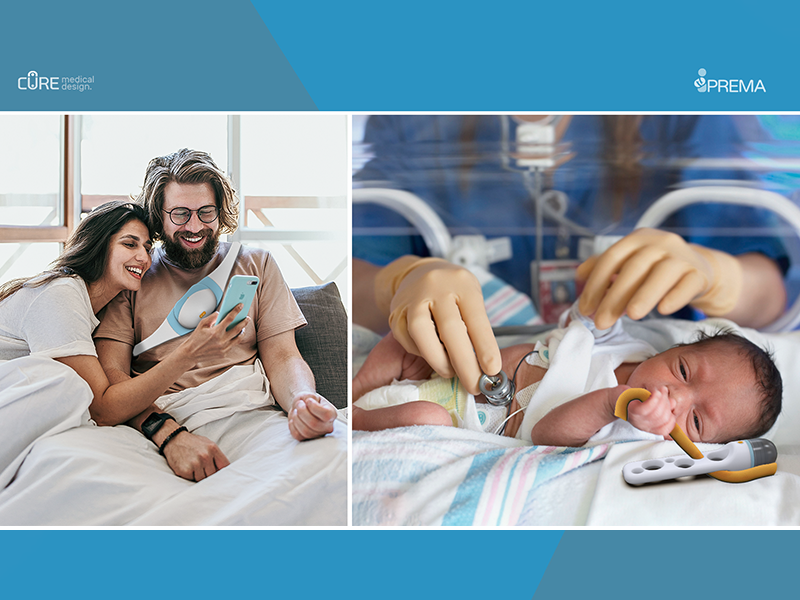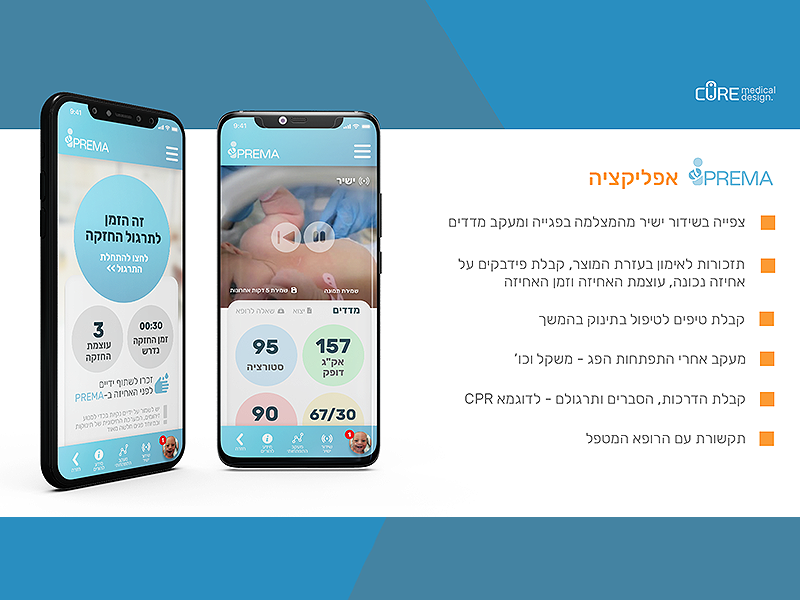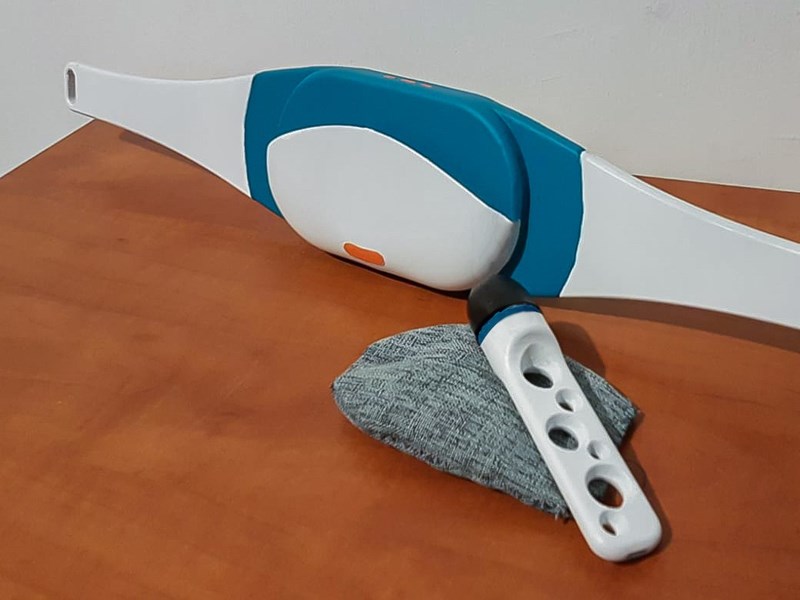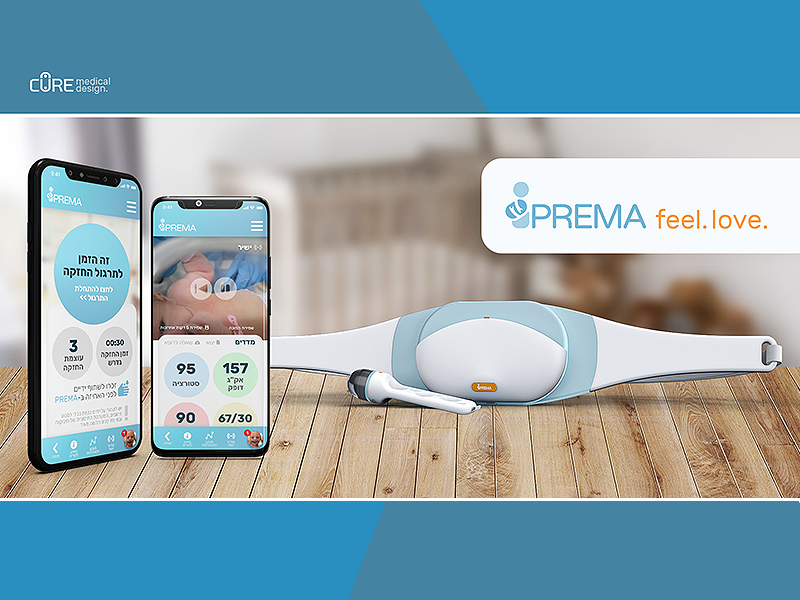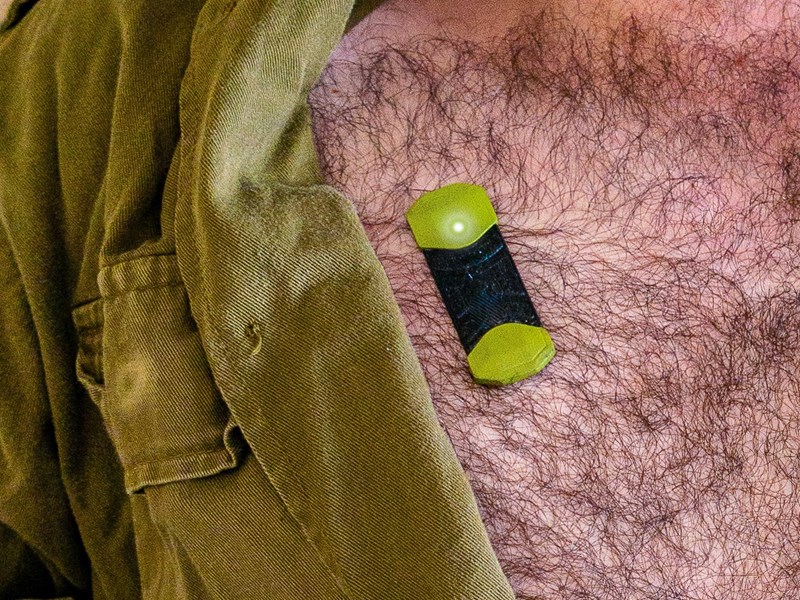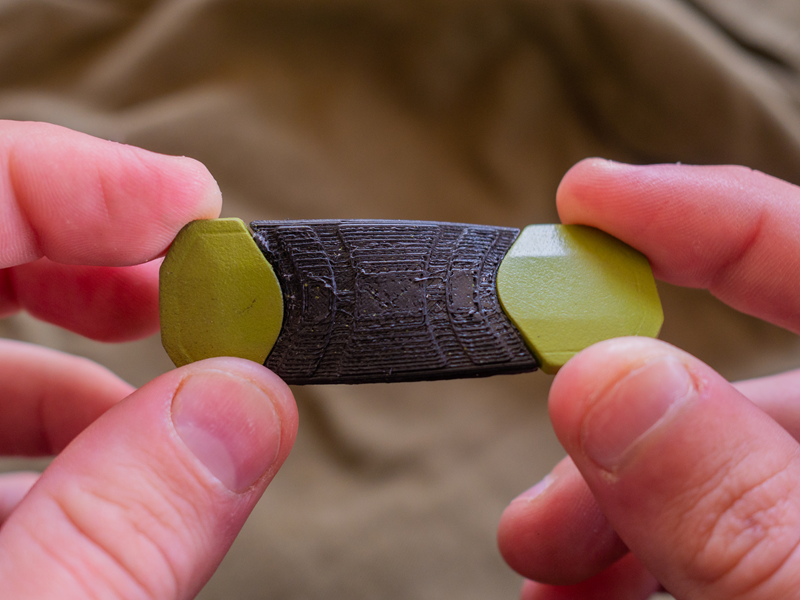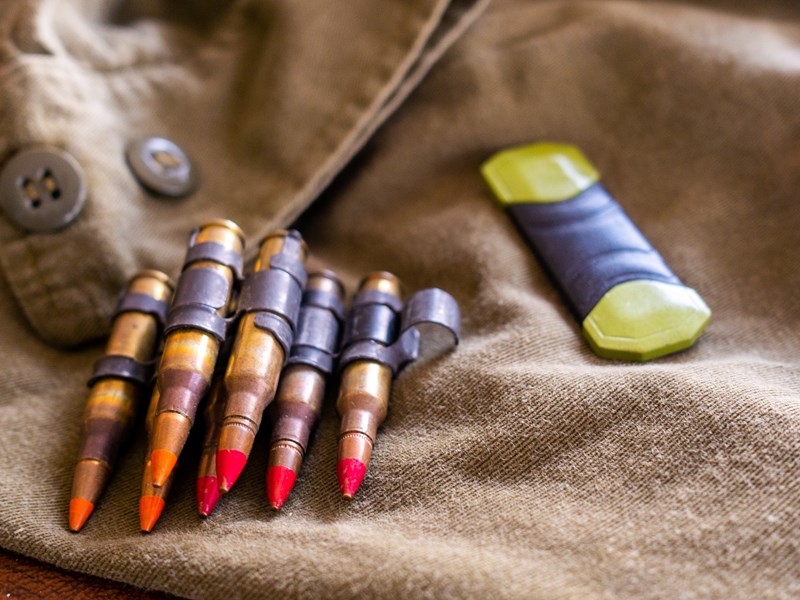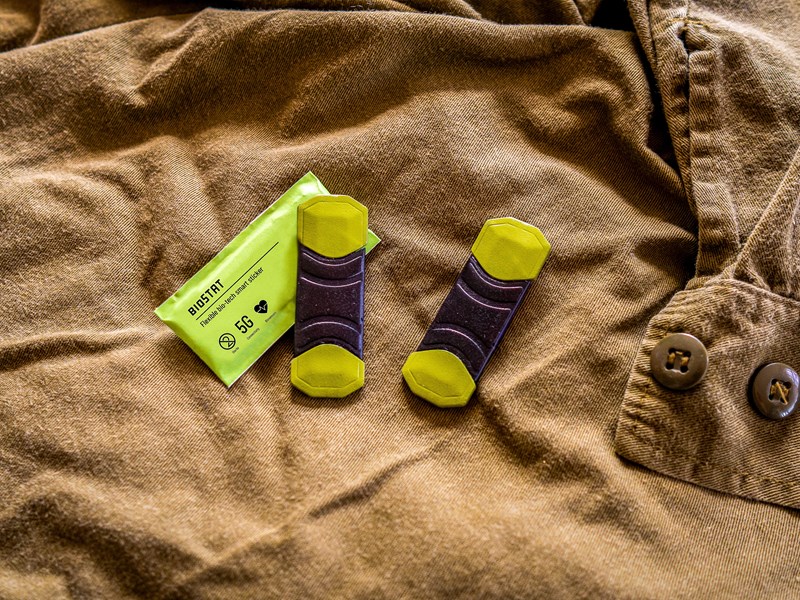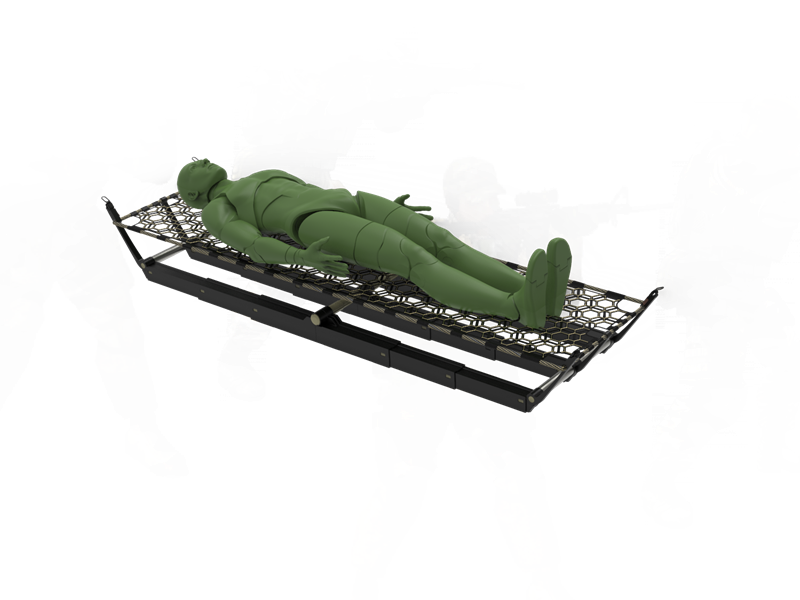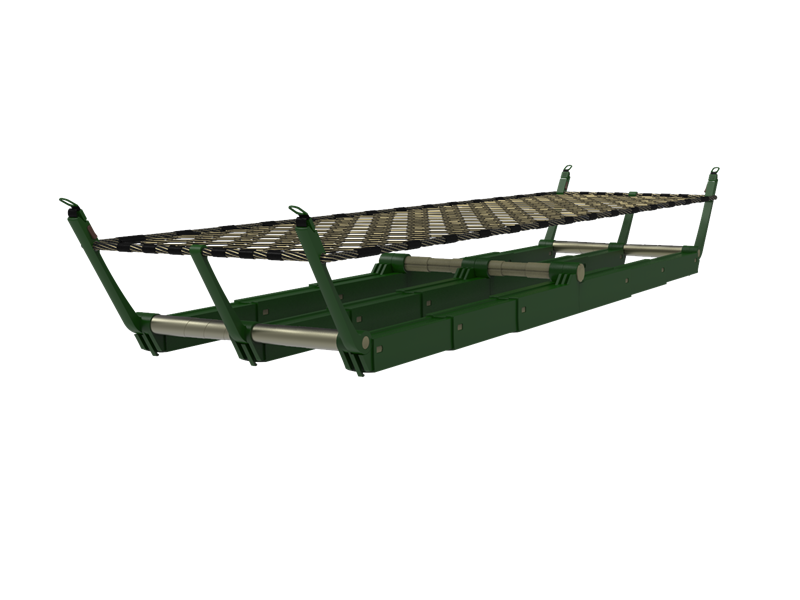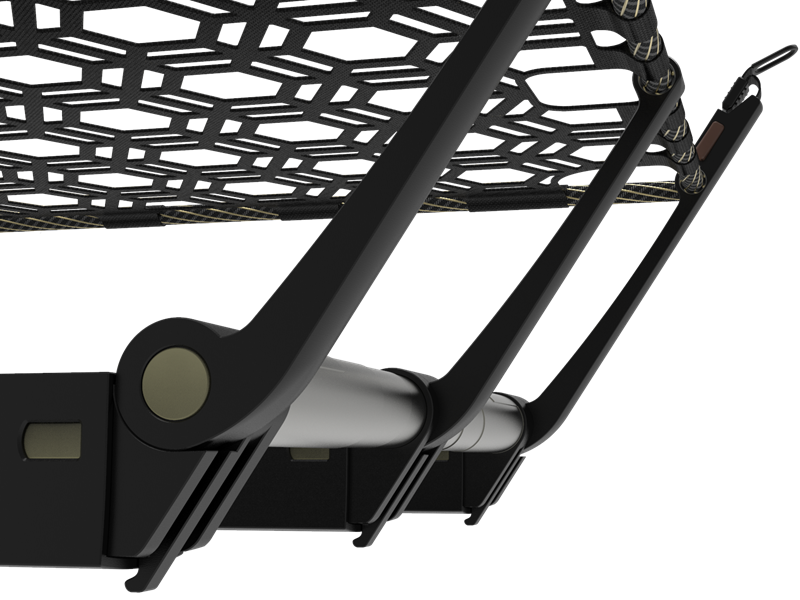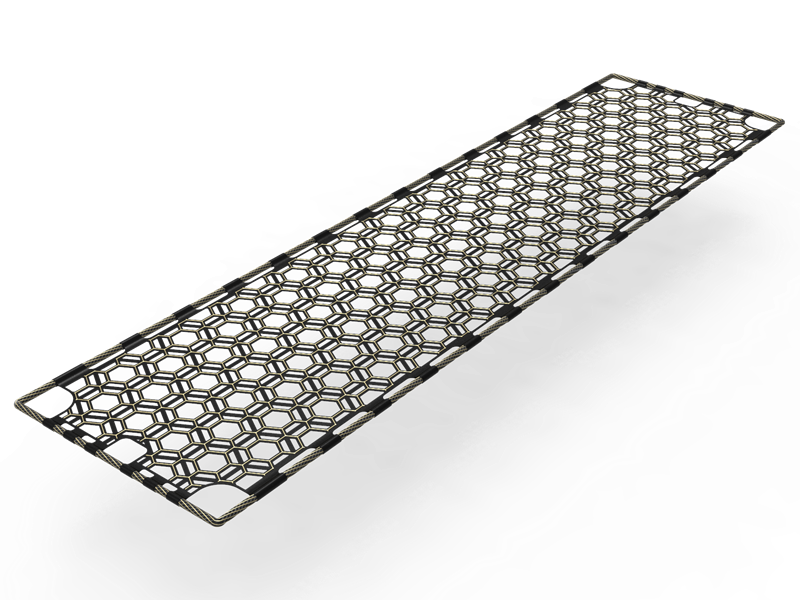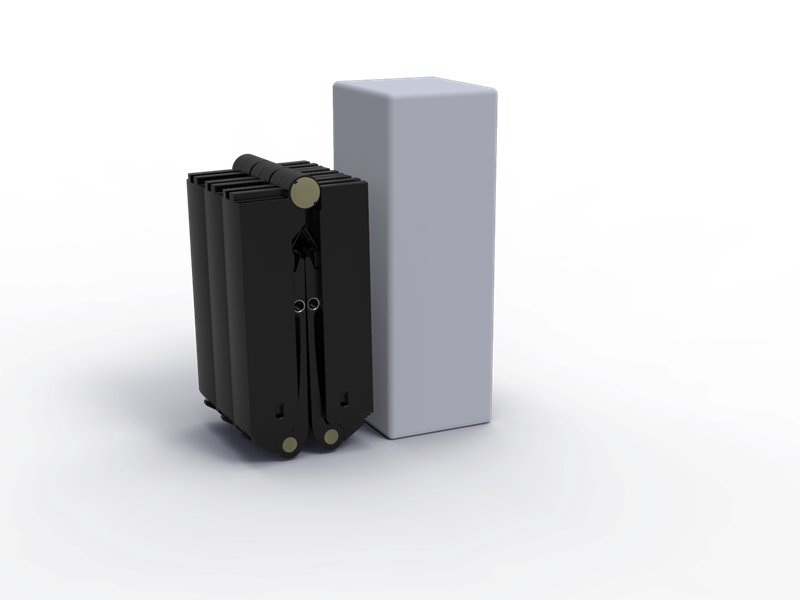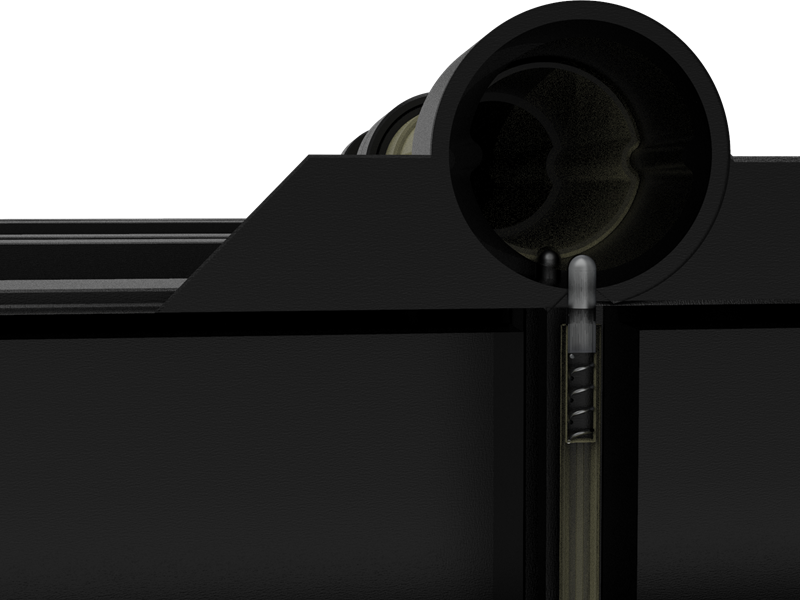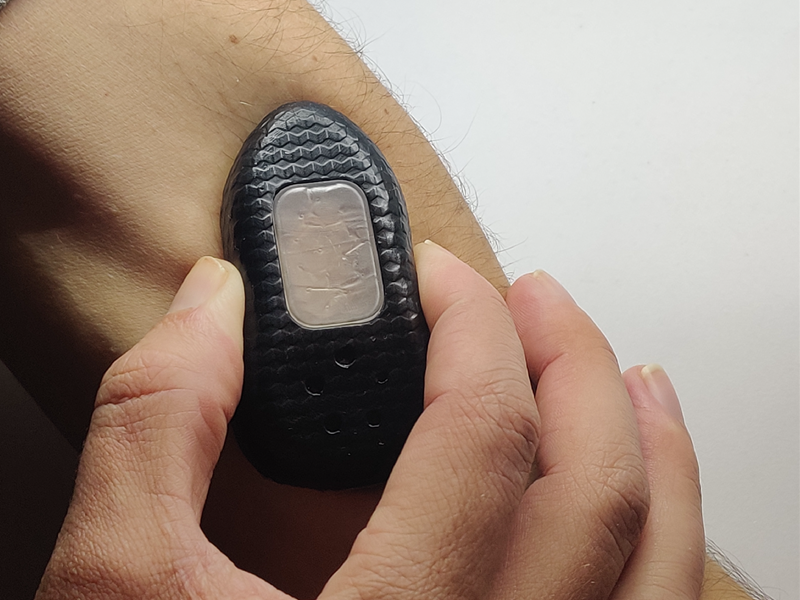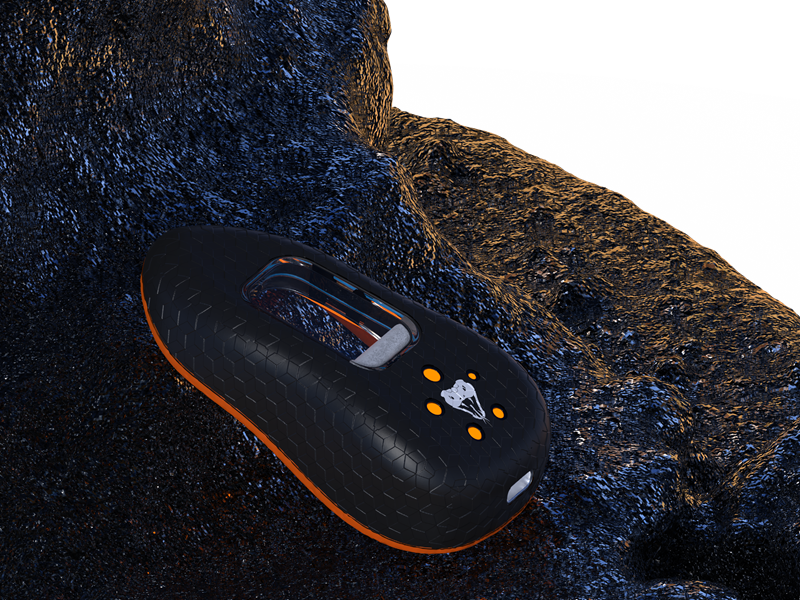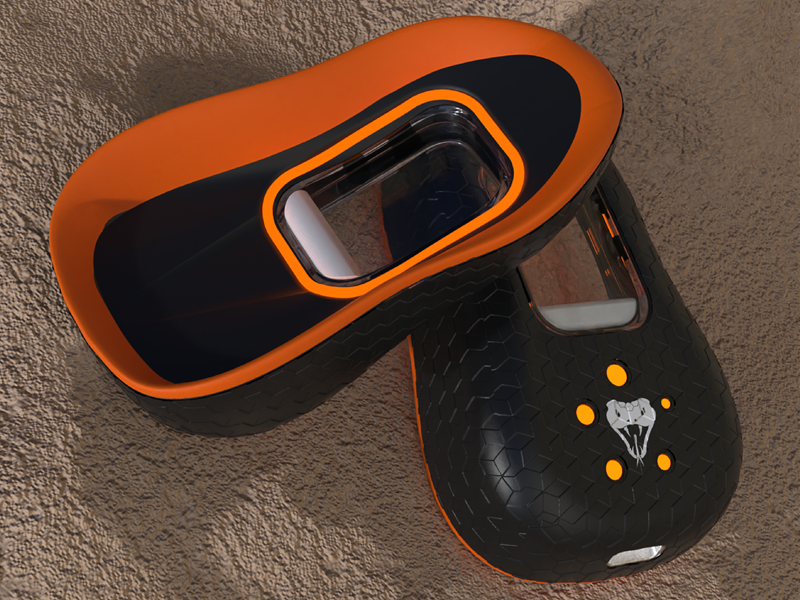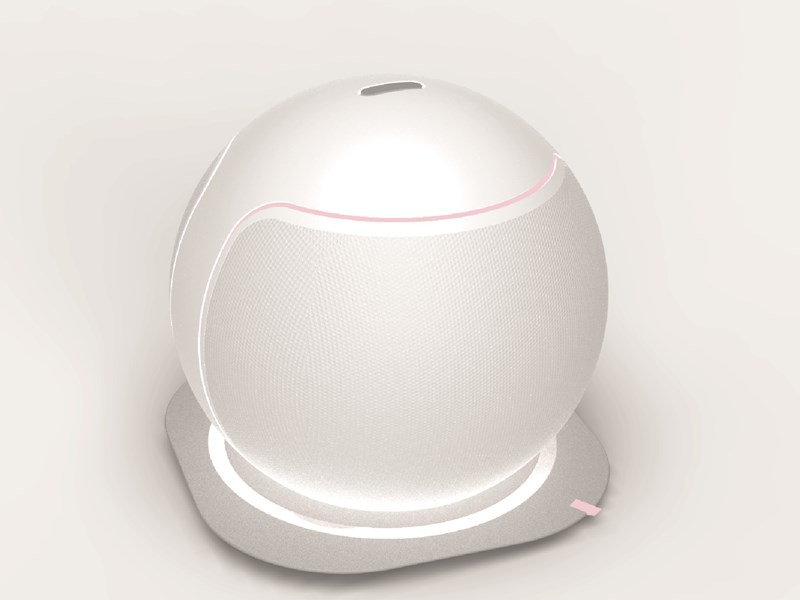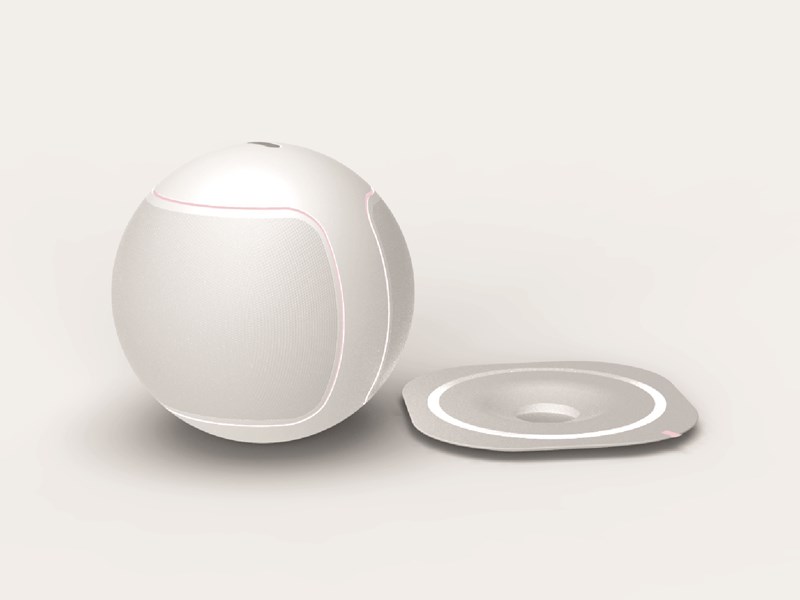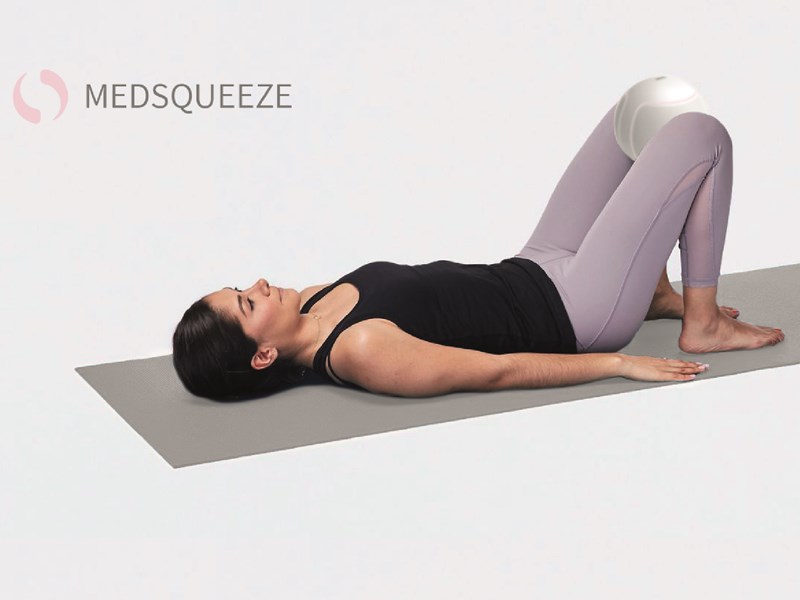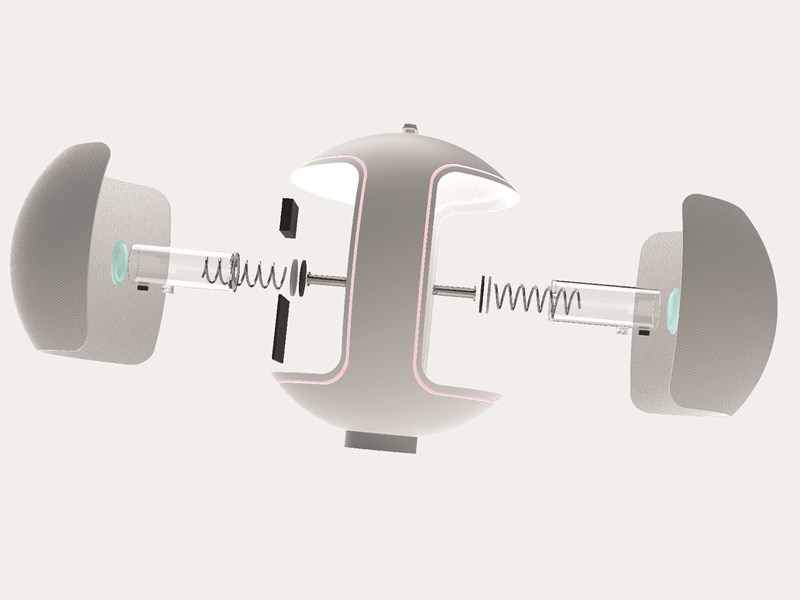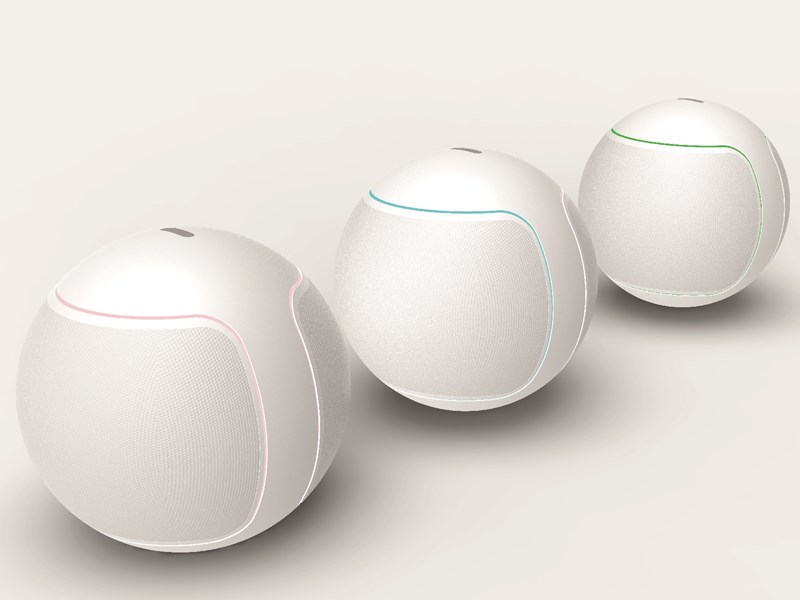about the course
The rapid development of information technologies that has taken place in recent decades, has led to a profound change in the traditional professional relationship between physician and patient. What began many years ago as a simple telephone answer to a patient's request, and then passed through the fax machine, has now reached the impressive ability to transmit in real time, and digitally, overly complex biomedical information of all forms and types. The development of technology and digital means almost obviates the need to visit a physician.
New technologies now allow physicians to gather, from a distance, complex and vital medical information and meet the medical needs of their patients, without them having to spend valuable time in an appointment with the physician. The rapid exchange of medical information allows the patient to remain in his natural environment, taking a larger part and being responsible for managing his health. Remote medicine has many benefits: It allows patient follow-up regardless of location, time, availability of medical equipment and availability of physicians. There are great benefits for an older population, which is usually less mobile for remote care. Smart devices, wearable or transplanted, will allow remote collection of information that until now was only available inside the hospital and required hospitalization. They will transmit accurate
physiological data from the patient's body, such as fever, blood pressure, pulse, and saturation, and allow the treating staff to provide quality care, early enough to stop the disease from deteriorating.The possibilities of smart devices that are able to monitor patients regularly, gather quality information about their health and adjust the treatment and improve the level of medicine, are an interesting and special opportunity in front of us, which allows us to redefine the relationship between physician and patient. This revolution offers industrial designers almost unlimited possibilities for product design. The designer of tomorrow will harness these technologies and means in order to develop more efficient and correct innovative products that meet the real needs of changing users.
Along with the many benefits that these technologies allow, it is impossible not to address the grave concerns regarding the issues of medical ethics: Maintaining medical confidentiality, securing and documenting medical information, reliability of medical information and more. During the third year, the students study the field from different directions and formulate original and innovative concepts that wisely harness the advanced technologies in order to streamline medicine remotely.
Dima Bogoslaviz
Helmet for Skiers
Ski helmet for initial response during an avalanche. The helmet is designed for adventurous skiers trapped in an avalanche. The purpose of the helmet is to warm the outside of the helmet head and create an air pocket around the skier's head, thus allowing him to breathe and hold out until the rescue.The use of thermal heating coils technology located on the outside of the helmet, allows the snow to be loaded around the head to create an air bubble for the skier, and in addition provides internal heating to the head area, which may prevent hypothermia. Insertion of pressure sensors to detect injury and accident to operate the ENGI coil system, locating device and GBS and a built-in communication device on the inside of the helmet.
Emanuela Oren
DOC DOG
A home kit for checking feces for dogs that is suitable for carrying out while walking with the dog. A stool test is a simple non-invasive test that can be used to diagnose many medical problems in the dog.
David Attias
System for Monitoring Swimmers
A smart swimming shirt that alerts when the swimmer gets into trouble. The shirt is divided into two: The first part is a sensor that contains an ECG for measuring pulse and blood pressure, a Gyroscope that detects extreme movement in the water, and a GPS for sending the exact position of the swimmer. The second part is the shirt itself, which is made of E-Textile with a system of carbon coils that extend the monitoring range to all relevant areas in the body. The two are connected by powerful magnets of the N52 type (which transmit an electrical signal) and together are capable of saving lives.
Tehila Wagner
THIMBE
A gaming thimble that improves children's gaming experience, and in the back door serves as a personal monitoring device that performs continuous ECG tests through consistent monitoring of the metrics of children taking Ritalin. At times like these, when children are obsessed with computer games and screens, I have identified an opportunity where the on-screen tapping function allows for continuous monitoring of the health of children who need it.
Hadar Sasson
A Home Blood Collection Device for Diagnosing HIV
Every day, about 400 children are born who carry the HIV virus in Africa. Today, thanks to proper treatment and follow-up during pregnancy, the transmission of the virus from mother to child can be prevented. Many African women do not have access to follow-up and medical care for economic and geographical reasons. The device I developed is a mechanical, disposable device for collecting blood independently at home, designed to count viral load and CD4. Decryption is performed by photographing the blood surfaces.
Itay Grober
PREMA
A holistic training tool for parents of preterm infants that prepares them for the baby for the move from NICU to home, will provide them with tools for an easy and calm transition while addressing their and the baby's mental state. With the help of PREMA, it is possible to monitor the preterm infant from home, feel the heartbeat remotely and monitor its development with the help of weight simulation. In addition, with the help of PREMA, we allow new parents to get used to the feeling of a new baby that has just come out of NICU, thus making this sharp and stressful transition easier.
Ezra Feldman
BIOSTAT
A sticker with biometric sensors that transmit critical data of a wounded soldier in the field to the receiving doctor, so that he can prepare most effectively. The stickers are part of a system with several features that optimize the evacuation of a number of injured.
Dean de Groot
Hover
A smart stretcher for infantry teams and special units, with an emphasis on performance efficiency during evacuations.
Danzig Netanel
First aid system after snakebite
"When Nature Bites - Protect Yourself" This product is capable of analyzing snake venom and sends all venom data to the hospital. The third function is to pump venom, which will be used until reaching the medical center.
Elia Klapholz
Medsqeeze
A rehabilitative physiotherapy accessory for knee injuries. The accessory is built in the shape of a ball that allows contraction by pressing it (squeeze). The accessory transmits data through sensors in real time through an app directly to the therapist and gives real feedback to the patients, thus increasing their motivation. In addition, the LED lighting gives visual marking so that the harder the patient presses, the ball will change color accordingly.
Are you too interested in Inclusive Industrial Design?
Come study with us at HAC!
A world in flux, challenges and provides many fascinating opportunities for people, society, environment and living creatures. Empathy, sensitivity, paying attention to others and the will to investigate and research are at the heart of our activities in our department. We utilize a variety of skills to help and strive for change. Come study with us at HAC.


